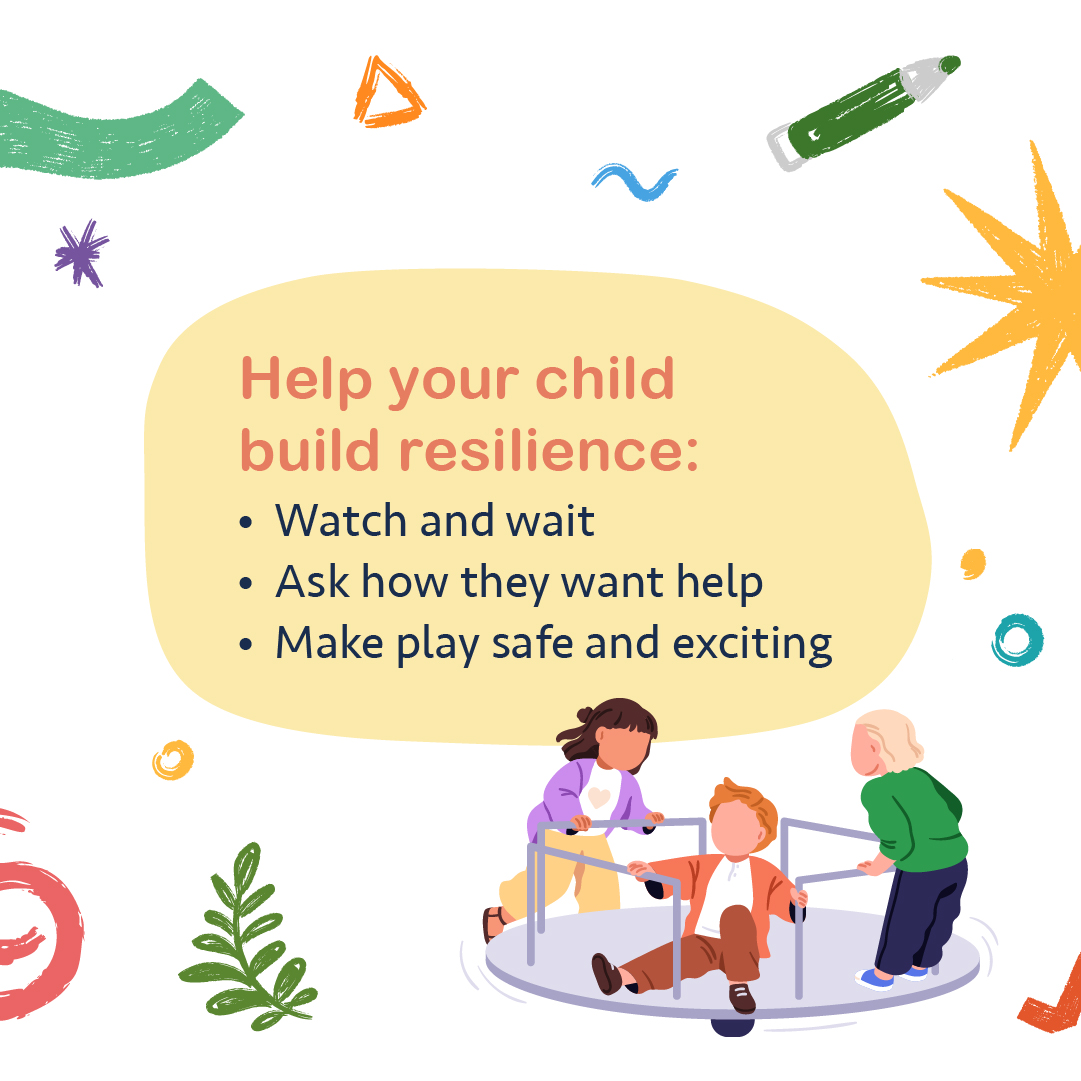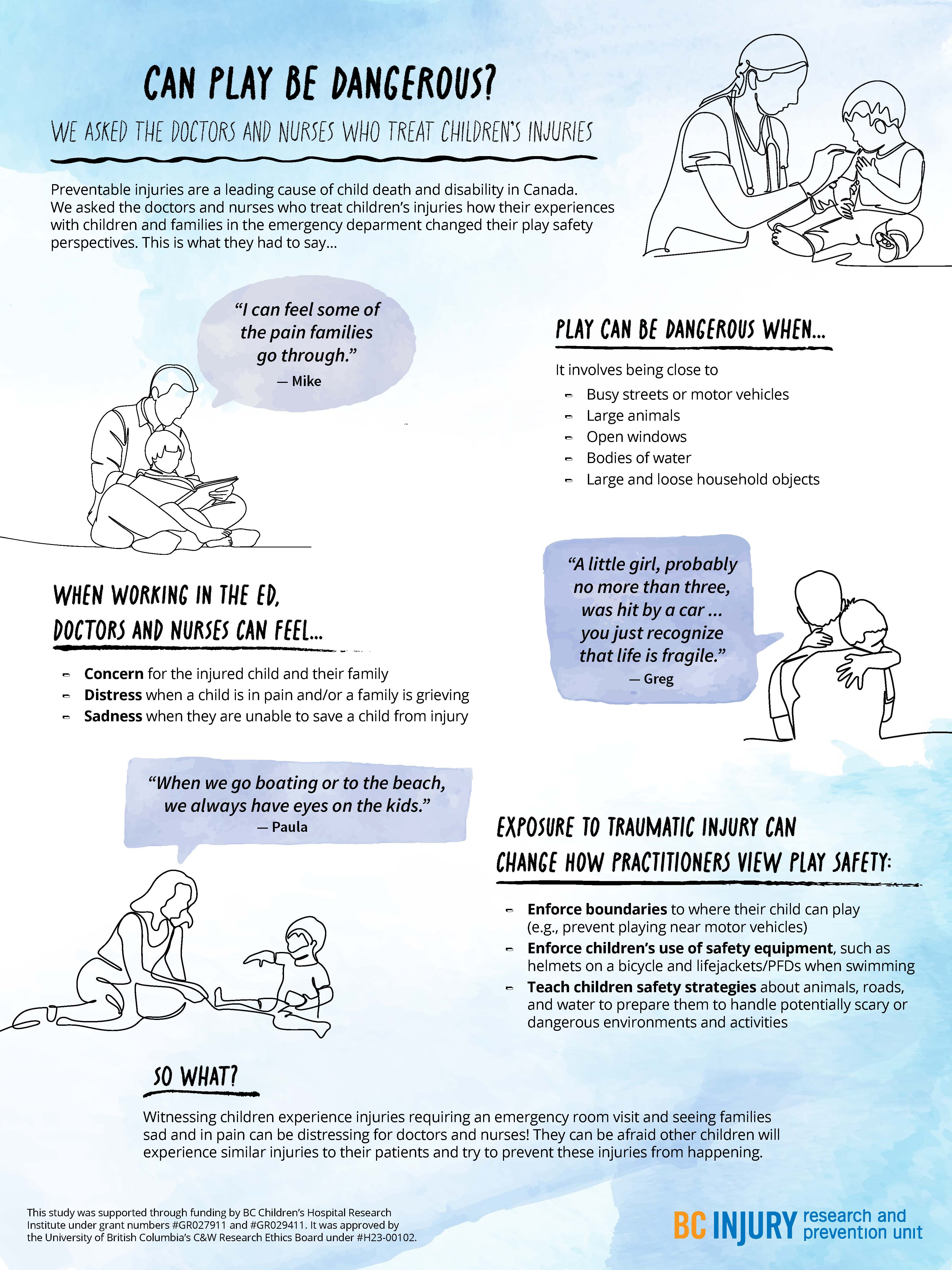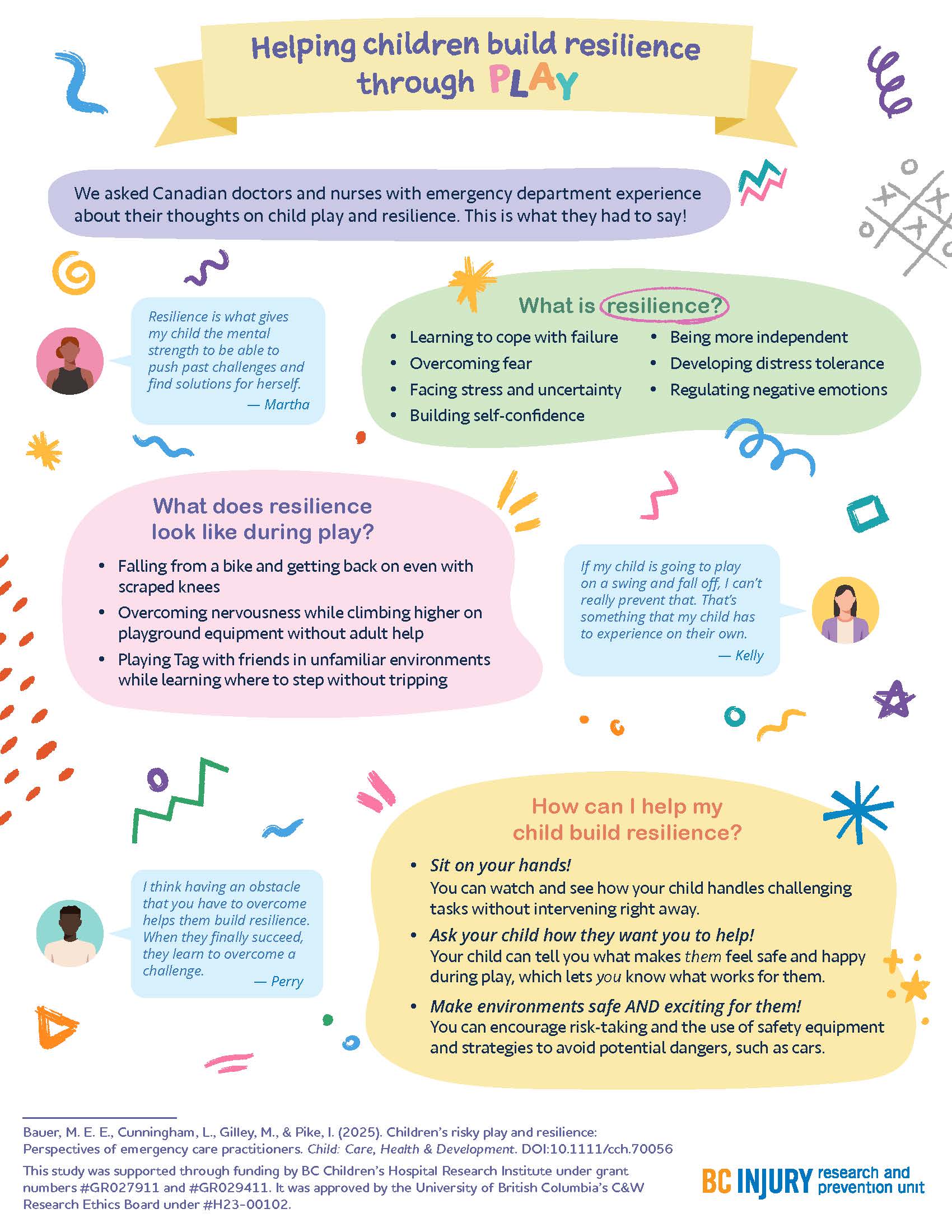10 things about the 2022 Canadian Injury Prevention Conference

After almost ten years, injury prevention experts and advocates from across the country gathered in Vancouver for the 2022 Canadian Injury Prevention Conference.
Held from November 2 to 4, the three-day event featured keynote speakers, panel discussions, and the latest evidence in injury prevention. The event took place at the Coast Coal Harbour Hotel in downtown Vancouver, and was hosted by the BCIRPU, Parachute, and the BC Centre for Disease Control.
Here are 10 highlights from the Conference.

1. The opening ceremony was one to remember.
The Coastal Wolf Pack and Elder Alec Dan gave a traditional welcome to territory on the first day. This was followed by addresses by Dr. Harpreet Kochhar, President of the Public Health Agency of Canada (via video address), and Dr. Bonnie Henry, Provincial Health Officer.
André Picard, journalist for The Globe and Mail, gave the opening keynote. Mr. Picard discussed barriers and challenges to injury prevention initiatives in a post-pandemic world.
The conference co-hosts Dr. Ian Pike (BCIRPU), Pam Fuselli (Parachute), and Megan Oakey (BCCDC) served as emcees for the entire conference, providing an overview of the day’s activities.
2. Lucy Sager’s plenary session was moving.
One of the stand-out events was Lucy Sager’s plenary session on her work creating the All Nations Driving Academy, a driving school created specifically for First Nations peoples. Lucy talked about the life-changing effects of knowing how to drive and having access to a car.
3. Re-examining our approach to research through the lens of equity, diversity, and inclusion (EDI).
The EDI panelists and moderator challenged us to take simple steps to make injury prevention research more equitable and inclusive. Panelists encouraged us to consider context and culturally and geographically specific interventions. As Kirvy Quiambao put it simply—just talk to the population that you want to serve. Hear their stories.

4. A massive banana peel was dropped into the middle of Vancouver.
Conference attendees and passersby were surprised to see an 8-foot tall banana peel by the Vancouver Convention Centre. Placed there by The Community Against Preventable Injuries (Preventable) and the conference organizers, the “Big Banana” reminded people that injuries are not just “accidents” and that most of the time, we can see them coming.

5. The research presented was outstanding.
In total, there were 59 orals, 3 workshops, and 39 mini-orals presented at the conference. Abstracts touched on all causes of injury. Some topics included:
- Delivering workshops for child passenger safety/car seat safety, presented by President Katherine Hutka and VP Holly Choi from the Child Passenger Safety Association of Canada
- The CHASE Study: the built environment, cycling, and active transportation, presented by Janet Aucoin from the University of Calgary
- Outdoor play and education in the school and community setting, presented by Megan Zeni and Emma Raaflaub from the University of British Columbia
- Findings of the For Young Drivers project, presented by Umayangga Yogalingam from Parachute
- Use of Breaking the Cycle of Violence with Empathy (BRAVE), a hospital-based violence intervention program to address community violence, presented by Brandy Tanenbaum from Sunnybrook Health Sciences Centre
- Development of a water safety program in schools, presented by Kelly Carter from the University of Alberta
- Lessons learned from the #HighandLocked social media campaign, presented by Kelley Teahen and Claire Westmacott from Parachute
- Adapting seniors’ fall prevention resources for First Nations Elders in Alberta, presented by Bev Littlechilds and Jodi Sperber, from the Kee Tas Kee Now Tribal Council and the University of Alberta, respectively
- Describing the lived experience of falls among seniors and receiving care, presented by Cathy Arnold from the University of Saskatchewan
- Patterns and trends of suicide among children and youth in British Columbia, presented by Jeanette Foreman from Northern Health
6. Brainstorming how we can make injury prevention more interesting for the public, stakeholders, policy makers, funders, and governments.
Panelists discussed the question “Why is injury prevention not a priority?” on Day 2. Suggestions included involving other departments (e.g., climate change, mental health) talking about injury, talking about injuries in a different way to make them more interesting, using timely data to communicate urgency, and giving injury prevention a public relations overhaul.
7. Creating our “wish list” for data access in Canada.
The panel on data and surveillance not only highlighted frustrations and gaps when it comes to injury data in Canada, but brainstormed some ways in which we have worked with the resources we have. It also discussed best practices when working directly with populations to access data.

8. The CCCIP Award recognized an (ahem!) outstanding project by a collaborative.
The Concussion Awareness Training Tool for High-Performance Athletes was awarded the national collaboration award for 2022. This award is given to a group of individuals or organizations that best demonstrates the power and value of collaboration as crucial to effective injury prevention and safety promotion initiatives in Canada.
9. Learning about the value of engaging public and private organizations in injury prevention.
Dr. Ian Pike and panelists discussed using a traditional marketing approach to sell injury prevention to the public, using the Preventable campaign as an example. Panelists talked about their reasons why they would partner on an injury prevention campaign, and best practices on how organizations can get companies on board.

10. A crash course in TikTok, among other things.
Who could forget Dr. Fred Voon’s closing keynote? A dynamic and amusing speaker, Dr. Voon kept us on our toes with his stories from the emergency department, his sudden TikTok fame, and how we can get front-line workers to share injury prevention messaging.
Honourable Mention: The opportunity to connect with our colleagues from across the country.
For some attendees, it was their first all-cause injury prevention conference, and for others, it was an opportunity to reconnect with people they haven’t seen in many years. The conference provided ample opportunities to connect and share knowledge.

Honourable Mention: Lunchtime power walk with Debbie Cheong
Debbie Cheong from BC Women’s Hospital and Health Centre got us moving! Her workshop “Cookies and Play” got participants to move around and explore and experience mobility limitations. She also led a lunchtime session which included power walking and dynamic movement in the rain.
Thank you to everyone for attending the conference! See you soon.
- distress when a child was in pain and when a family was grieving; and
- sadness in the event they were not able to save a child in their care.
- concern for the injured child and the child’s family;
Particularly traumatic events, such as those involving vivid sights and sounds (e.g., families holding each other and having extreme reactions), stuck with the practitioners, having long-lasting impressions on them and causing them to re-live these events in the years following their exposure.
Even after their shift was over, practitioners said that they changed how they approached parenting and how they perceived safety during play as a result of witnessing these traumatic events. They reported having more knowledge of the causes and consequences of severe injuries, such as those that require hospitalization or emergency care. For example, practitioners were more likely to enforce boundaries around where their children could play, such as by forbidding their child to play near busy streets. They also were more likely to tell their child about safe play environments and equipment, and put this equipment on their child before play, such as explaining the benefits of using helmets while riding bikes.
Practitioners were more likely to enforce boundaries around where their children could play, and use safety equipment, such as bike helmets.
Practitioners also described being concerned about their children’s play near open windows, around large bodies of water unsupervised, and in environments where firearms were present. They also expressed worry about their children’s play on trampolines and on motorized vehicles, such as ATVs. Findings related to trampoline play safety concerns were published in the journal Injury Prevention.
Observing family grief due to child injury or death affected the mental well-being of health care practitioners, drawing attention to the need for mental health supports for those involved in caring for severely injured and dying patients.


"Raise more resilient children through play...watch and see how your child handles challenging tasks without intervening right away." —Dr. Michelle Bauer
Building resilience through play
How can parents help their children build resilience? By letting them play!
The experiences that practitioners witnessed encouraged them to support their children in building resilience through play; specifically, by supporting children in learning to cope with failure, overcome fear, build self-confidence, develop distress tolerance, and regulate negative emotions. Findings related to building resilience through play were published in the journal Child: Care, Health, and Development.

Parents fostered resilience in their kids by:
- helping their kids get back on bikes after they fell off and wanted to try again;
- sitting on their hands so they did not instinctively reach for their children when their children fell down; and
- encouraging participation in challenging and thrilling activities in forests and water while safety equipment was used.
"There are a few ways that parents can raise more resilient children through play that are supported by literature and our study findings," said Dr. Bauer. "One: watch and see how your child handles challenging tasks without intervening right away."
"Two: Ask your child how they want you to help—let them tell you what makes them feel safe and happy during play. Let them lead. And three: make play both safe and exciting by encouraging risk-taking, teaching them how to avoid hazards, and using safety equipment.”
This research was supported through Drs. Bauer’s and Gilley’s receipt of a clinical and translational research seed grant from the BC Children’s Hospital Research Institute (BCCHR), Dr. Bauer’s BCCHR postdoctoral fellowship award, and additional training provided to Dr. Bauer through her participation in the Programs and Institutions Looking to Launch Academic Researchers (PILLAR) program through ENRICH, a national organization training perinatal and child health researchers.
Learn more about the study through two infographic posters:
Graphics and posters by Milica Radosavljevic











